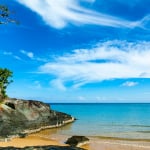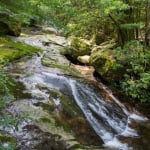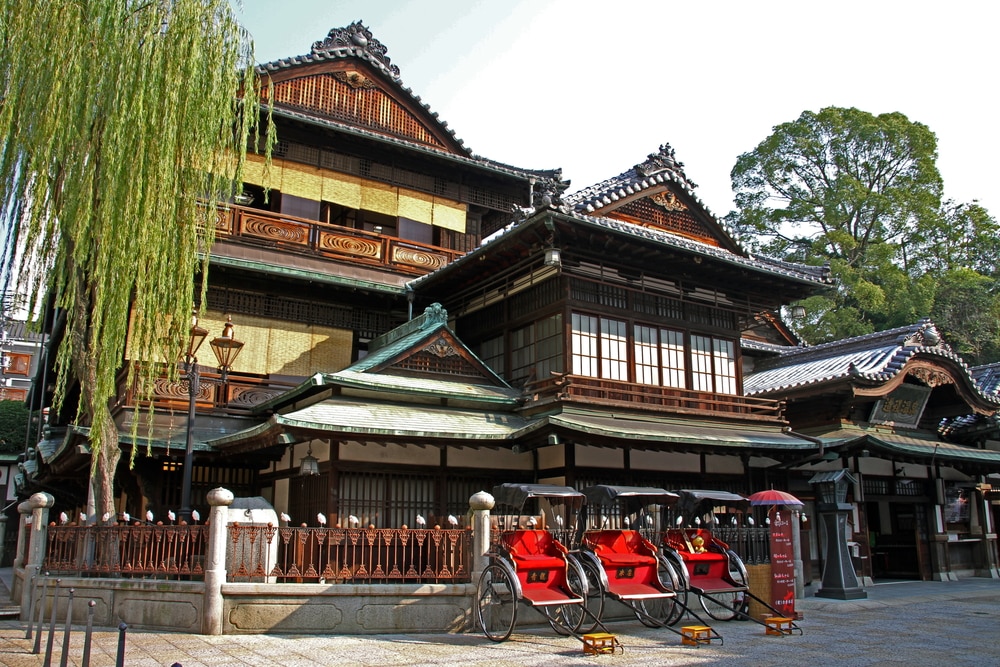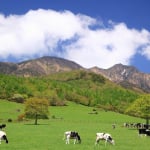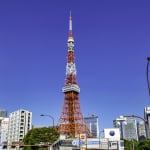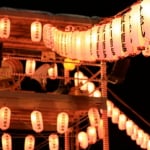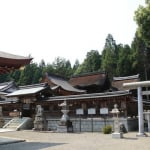Photo by Kevin Autret/Shutterstock
The Top 7 Things to Do in Ehime Prefecture, Home of Japan’s Oldest Hot Spring
For a trip back to the Japan of yesteryear, Ehime Prefecture never disappoints. Located on the remote island of Shikoku, the smallest of Japan's main islands, the region is home to Japan's oldest and most beautiful bathhouse, and is dotted with old traditional townscapes and historic temples, shrines and castles. From an island overrun by cats to the tallest mountain west of Gifu Prefecture, these are Ehime Prefecture's top seven attractions.
table of contents
[x] close
The Top 7 Things to Do in Ehime Prefecture, Home of Japan’s Oldest Hot Spring
Aoshima, Japan's Island of Cats
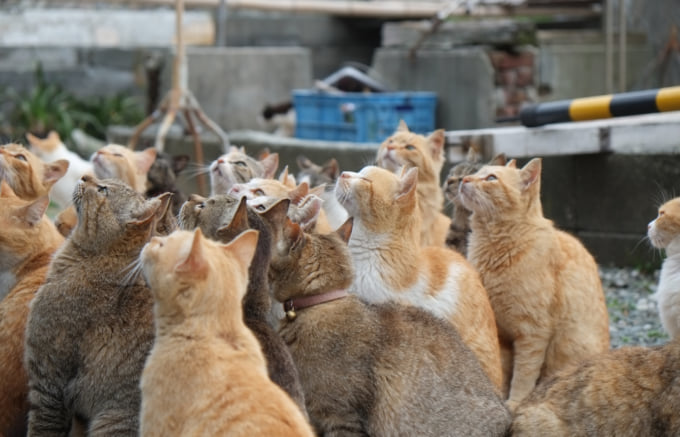
Photo by Sido Kagawa/Shutterstock
Aoshima is one of Japan's many so-called 'Cat Islands', Tashirojima being the largest and most well-developed in terms of tourism. Aoshima is a small island accessible by boat from Nagahama Port in Ehime Prefecture, in the bay facing Yamaguchi and Hiroshima Prefectures. The island has just a handful of permanent residents, mainly retirees, but over one hundred curious, friendly cats populate the island, and are the main reason tourists come out here. There are no facilities, not even a vending machine, so visitors are advised to come prepared.
Dogo Onsen, the Bathhouse that Inspired Spirited Away
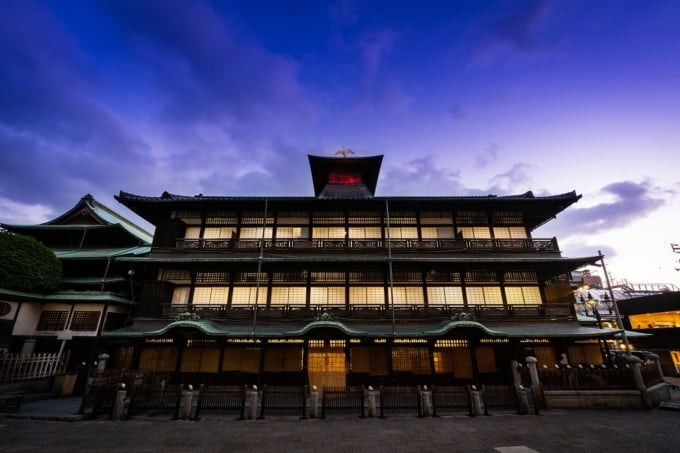
Photo by Dogo Onsen©
Rumored to be the oldest hot spring baths in Japan, people have been bathing in the alkaline waters of Dogo Onsen for over one thousand years. The facilities were expanded by the local lord during the Edo Period, and later, in 1899, a special bathing area reserved for the Japanese Imperial Family known as Yushinden was added. However anyone can luxuriate in the replica built into the annex building, Asuka-no-Yu. Dogo Onsen's three-story wooden honkan (main building) was the design inspiration for Yubaba's bathhouse in the Ghibli classic, Spirited Away.
Matsuyama-jo, the Castle on the Hill
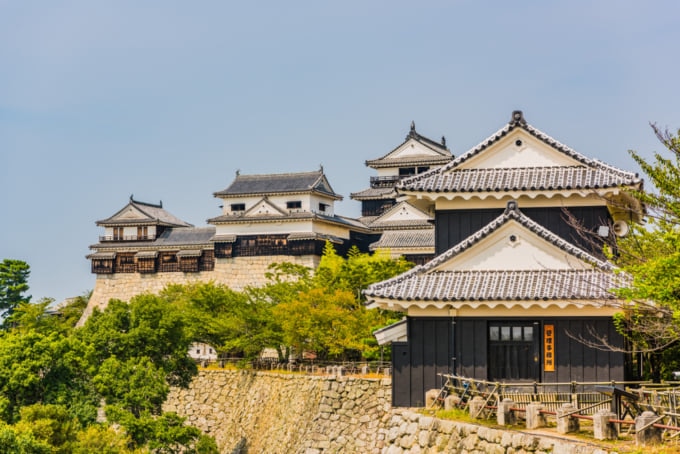
Photo by Torasun/Shutterstock
Matsuyama Castle is known as one of Japan's top historic castles, and one of just a handful with original main structures dating back to the Edo Period around 200 years ago. The castle's main keep, built in 1820, is impressive, with separate wings and multiple turrets to explore. Matsuyama Castle sits on a steep, tree-covered hill in the center of Matsuyama City, and commands impressive views of the surrounding area and the Seto Inland Sea. In the spring, the castle is a well-known cherry blossom viewing spot.
The Old Traditional Townscape of Unomachi in Uwacho
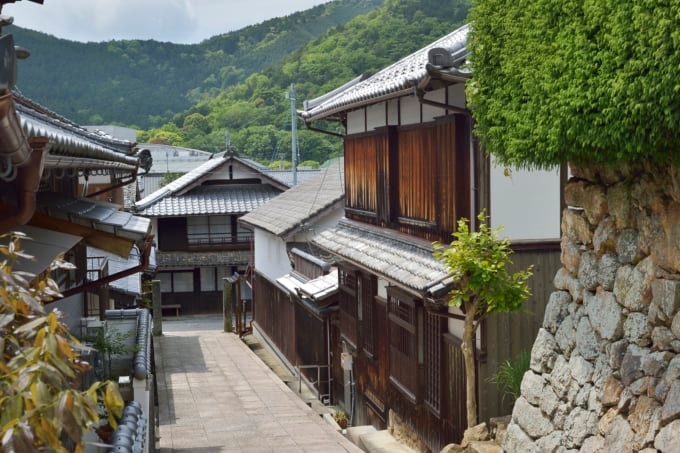
Photo by ふくいのりすけ/Pixta
Unomachi is a small historic neighborhood in the town of Uwacho. It is larger and has a more traditional feel than Uchiko, another of Ehime's charming preserved towns. During the Edo Period, Unomachi was home to artisans and merchants, and the town's agricultural and cypress (hinoki) products were well known. There are still many old townhomes known as machiya preserved for hundreds of years, as well as historic hotels, breweries and soy sauce makers with deep roots still in business to this day.
Isaniwa Shrine, Ehime's Busiest Shrine
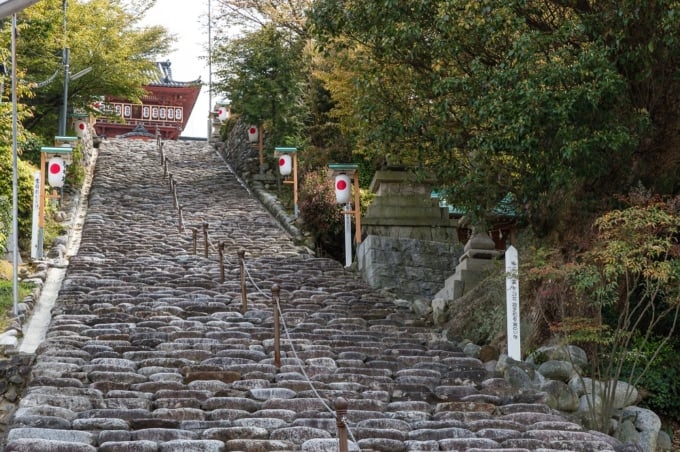
Photo by Haku / Pixta
Isaniwa Shrine is located in Matsuyama City, Ehime Prefecture. The shrine's honden (main hall) and other historic buildings are designated as Culture Properties of Japan. The shrine is one of only three examples of the Hachiman-zukuri architectural style, in which two parallel buildings are connected on the long side, giving the impression of one building. Emperor Chuai, his successor and wife Empress Jingu, and their son, the Emperor Ojin, are enshrined here.
Ishite-ji Temple, a National Treasure of Japan
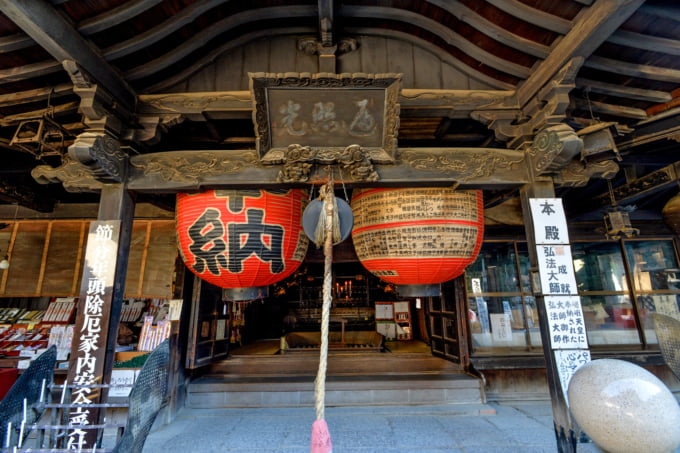
Photo by Shasho286/Pixta
Ishite-ji is a Buddhist temple in Matsuyama City and one of the 88 temples on the Shikoku Pilgrimmage, a historic route snaking around the island of Shikoku and its prefectures Tokushima, Kochi, Kagawa and Ehime. Ishite-ji is home to several important historic buildings and artifacts, like the Niomon entrance gate, a National Treasure, and the Three-Storey Pagoda, an Important Cultural Property.
Mount Ishizuchi, the Highest Mountain in Western Japan
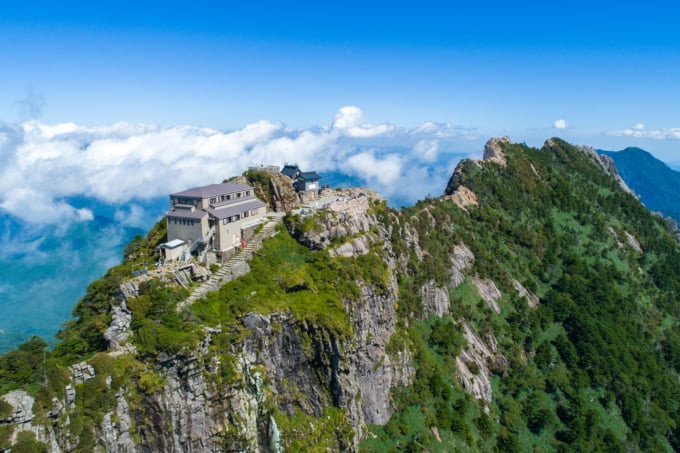
Photo by Yoshinori Okada/Shutterstock
Known as 'the roof of Shikoku', Mount Ishizuchi is the tallest mountain west of Mount Haku in Gifu and its two remote shrines are included in the Shikoku Pilgrimmage Route. It's called 'Ishizuchi' meaning 'stone hammer' because of the sharp, sloping shape of its summit. Mount Ishizuchi is the region's most famous hiking spot, and climbers have two options to get to the summit. One is a gentle climb with stairs and handrails, while the other, which most people choose to experience, is steep and challenging, with large metal chains installed to help climbers up over the most difficult parts.
In Conclusion
At the close of the feudal era, the former province of Iyo came to be known by its mythological name, 'Ehime', meaning 'beloved princess'. Although this prefecture is part of the historic Shikoku Pilgrimmage route and known for its ancient hot springs, centuries-old castles and Edo-era townscapes, it remains one of Japan's least-discovered regions. For history buffs and cat fanatics, for the perfect spa getaway or the most extreme climbing experience in the country, Ehime Prefecture is one of the best places to visit in Japan.
